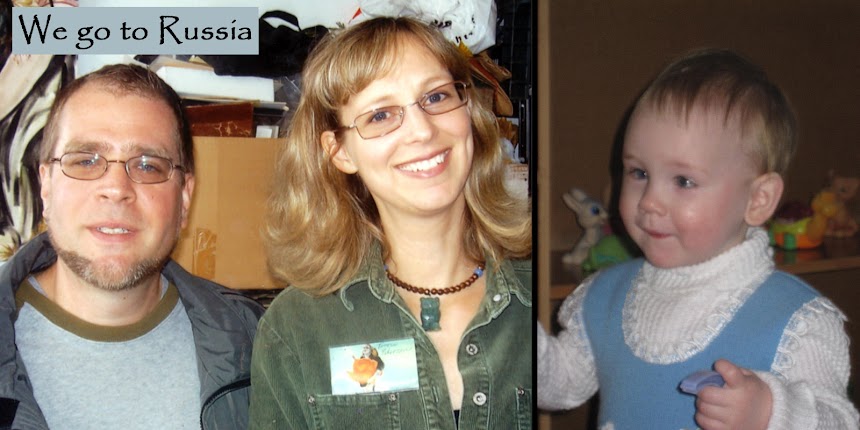When we go to Russia, we'll need some Russian cash for various things. The usual practice is to bring American dollars and exchange them for Russian roubles, and we'll be doing some of that. But in the meantime, another couple who recently returned from Russia found themselves more rouble-rich than they wanted to be. Since we'll need some eventually, we bought them.
Heather stopped by today in Ann Arbor with her daughter. We actually exchanged roubles in the parking lot of the EPA, which made me feel a little like a cold war spy. We're now the proud owners of these:
It's not quite as impressive a stash as you might think, as the exchange rate hovers around 30:1. The 1000 rouble note on the bottom is currently worth about $35.
Items of interest on the notes include a sculpture at the Petropavlosk Fortress in St. Petersburg on the 50 rouble note, a monument to Peter the Great and sea terminal in Arkhangelsk on the 500 rouble note, and of course, the statue of Yaroslav I on the 1000 rouble note.









_(1998).png)
.png)

